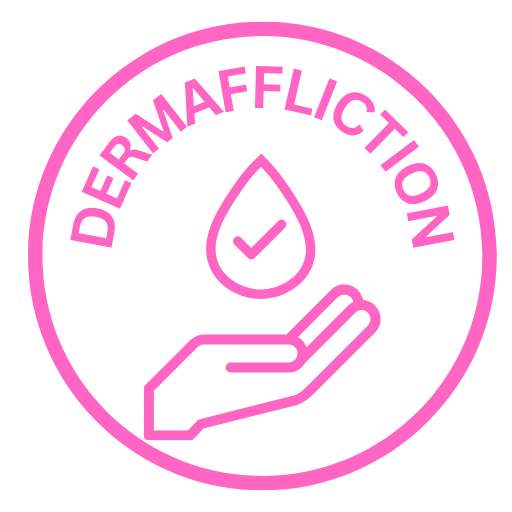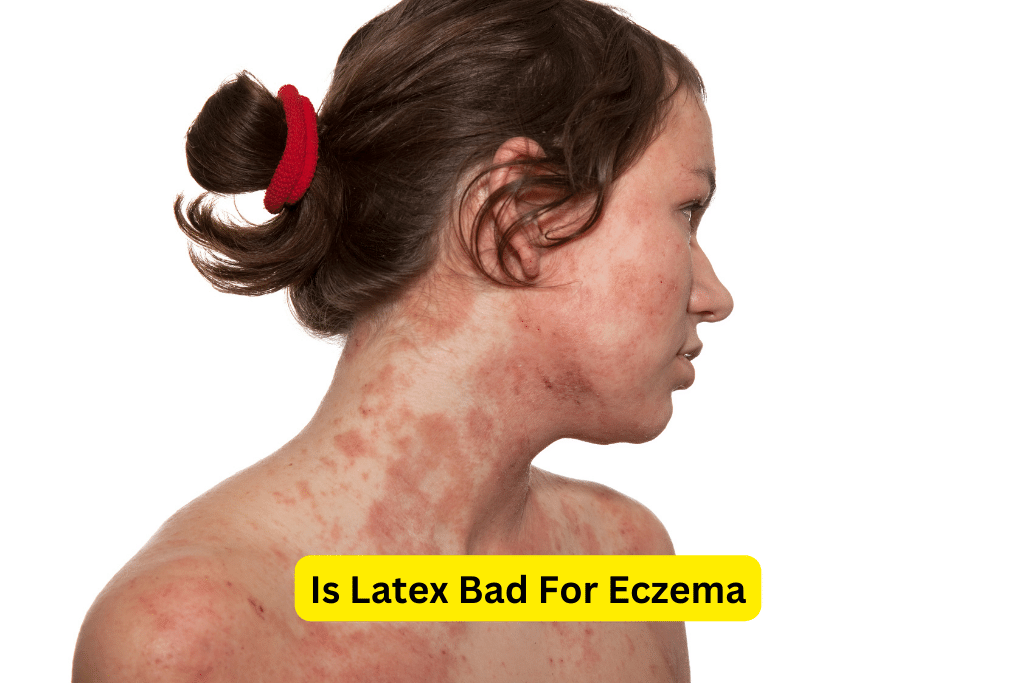Understanding Latex’s Impact on Eczema: A Guide to Effective Skin Care
Is Latex Bad For Eczema
Eczema is a common skin condition that affects millions of individuals worldwide. It is characterized by dry, itchy, and inflamed skin, and can significantly impact a person’s quality of life. Managing eczema can be challenging, and individuals often rely on various strategies and products to alleviate symptoms and prevent flare-ups.
One growing concern in the management of eczema is the use of latex. Latex is a natural rubber material that is commonly found in a wide range of products, including gloves, clothing, balloons, and medical devices. However, for individuals with eczema, latex can potentially exacerbate symptoms and cause adverse reactions.
Section 1: Understanding Eczema and Latex Sensitivity
1.1 What is Eczema?
Eczema, also known as atopic dermatitis, is a chronic inflammatory skin condition that is characterized by red, itchy, and dry patches of skin. It is often accompanied by other symptoms such as swelling, oozing, and crusting. Eczema can occur at any age, although it is most common in infants and young children. There are different types of eczema, including atopic dermatitis, contact dermatitis, and dyshidrotic eczema, each with its own set of symptoms and triggers.
1.2 Latex Sensitivity
Latex sensitivity, also known as latex allergy, is an allergic reaction to proteins found in natural rubber latex. It is estimated that around 4% of the general population is affected by latex sensitivity, with higher rates among individuals with certain risk factors, such as healthcare workers and individuals with a history of atopic conditions like eczema.
For individuals with eczema, exposure to latex can act as a trigger for skin inflammation and worsen their condition. The exact relationship between eczema and latex sensitivity is not fully understood, but it is believed that the damaged skin barrier in eczema patients allows the latex proteins to penetrate the skin, leading to an inflammatory response.
Section 2: Risks Associated with Latex for Eczema Sufferers
2.1 Irritant Contact Dermatitis
Irritant contact dermatitis is a common skin condition that occurs when the skin comes into direct contact with a substance that is irritating or damaging. For individuals with eczema, latex can act as an irritant and cause skin inflammation, redness, and itching.
2.2 Allergic Contact Dermatitis
Allergic contact dermatitis is an allergic reaction that occurs when the body’s immune system reacts to a specific substance. In the case of latex, the immune system recognizes the latex proteins as foreign and releases chemicals that cause an allergic reaction. Symptoms of allergic contact dermatitis include redness, itching, swelling, and in severe cases, blistering and skin lesions.
In individuals with eczema, the risk of developing an allergic reaction to latex is higher due to the compromised skin barrier. The damaged skin allows the latex proteins to penetrate more easily, triggering an immune response.
2.3 Infection Risk
Eczema often damages the skin barrier, making individuals more susceptible to infections. When latex gloves are used in healthcare settings or other industries, they can potentially harbor bacteria and contribute to the transmission of infections. This is particularly concerning for individuals with eczema, as their compromised skin barrier makes them more vulnerable to infection.
Section 3: Identifying Latex Exposure
3.1 Common Sources of Latex
Latex can be found in various products, and it is important for individuals with eczema to identify potential sources of latex exposure. Common sources of latex include:
- Medical gloves
- Clothing with elastic bands or waistbands
- Balloons
- Condoms and other personal care products
- Household items such as rubber gloves
3.2 Signs and Symptoms of Latex Sensitivity
Recognizing the signs and symptoms of latex sensitivity is crucial for individuals with eczema. Common symptoms include:
- Itchy, red, and inflamed skin
- Hives and rash
- Sneezing, runny nose, and watery eyes (if latex is inhaled)
- Shortness of breath or wheezing (in severe cases)
- Anaphylaxis (a severe and potentially life-threatening allergic reaction)
If you suspect that you have a latex sensitivity, it is important to consult with a healthcare professional to receive an accurate diagnosis and appropriate management strategies.
Section 4: Managing Latex Sensitivity for Eczema Patients
4.1 Prevention Strategies
The best way to manage latex sensitivity for individuals with eczema is to avoid latex-containing products altogether. This can be achieved by:
- Checking product labels for latex content
- Using latex-free alternatives whenever possible
- Informing healthcare providers and other professionals about your latex sensitivity
4.2 Skin Care and Protection
Maintaining a proper skincare routine is essential for individuals with eczema, and this includes taking extra precautions to protect the skin from latex exposure. Some tips for skin care and protection include:
- Using gentle, fragrance-free skincare products
- Applying moisturizers regularly to keep the skin hydrated
- Using protective barriers, such as gloves or clothing liners, when handling latex-containing items
- Avoiding excessive hand washing, as it can further dry out the skin
4.3 Medical Interventions
In cases where eczema flare-ups occur despite preventive measures, various medical interventions may be recommended. These can include:
- Topical corticosteroids or other anti-inflammatory creams
- Calcineurin inhibitors to reduce inflammation
- Immunomodulators to help regulate the immune response
- Allergen-specific immunotherapy for individuals with a confirmed latex allergy
4.4 Communicating with Healthcare Providers
It is vital for individuals with eczema and latex sensitivity to communicate their needs and concerns to healthcare providers. Some tips for effective communication include:
- Informing healthcare providers about your latex sensitivity
- Asking for latex-free alternatives during medical procedures
- Advocating for yourself and your needs
Section 5: Other Considerations and Resources
5.1 Latex-Free Product Recommendations
For individuals with eczema and latex sensitivity, finding latex-free alternatives can be crucial in preventing flare-ups. Some latex-free product recommendations include:
- Latex-free gloves for healthcare settings
- Elastic-free clothing options
- Non-latex balloons and personal care products
- Household items made from alternative materials
5.2 Support and Community Resources
Living with eczema and latex sensitivity can be challenging, but there are resources available for support and education. Online support groups, forums, and advocacy organizations provide valuable information and a platform to connect with other individuals facing similar challenges.
Conclusion
While latex sensitivity can pose additional challenges for individuals with eczema, it is essential to understand and manage this potential trigger. By identifying sources of latex exposure, practicing prevention strategies, and maintaining a healthy skincare routine, individuals with eczema can minimize the risk of flare-ups and improve their quality of life. If you suspect a latex sensitivity, consult with a healthcare professional to receive proper diagnosis and guidance on managing this condition.
"Have You Seen Mike Walden's new holistic acne System yet? It's called "Acne No More" I've read the whole thing (all 223 pages) and there's some great information in there about how to naturally and permanently eliminate your acne without drugs, creams or any kind of gimmicks. I highly recommend it - it's very honest and straightforward without all the hype and b.s. you see all over the net these days. Here's the website where you can get more information:
Click Here -->AcneNoMore









